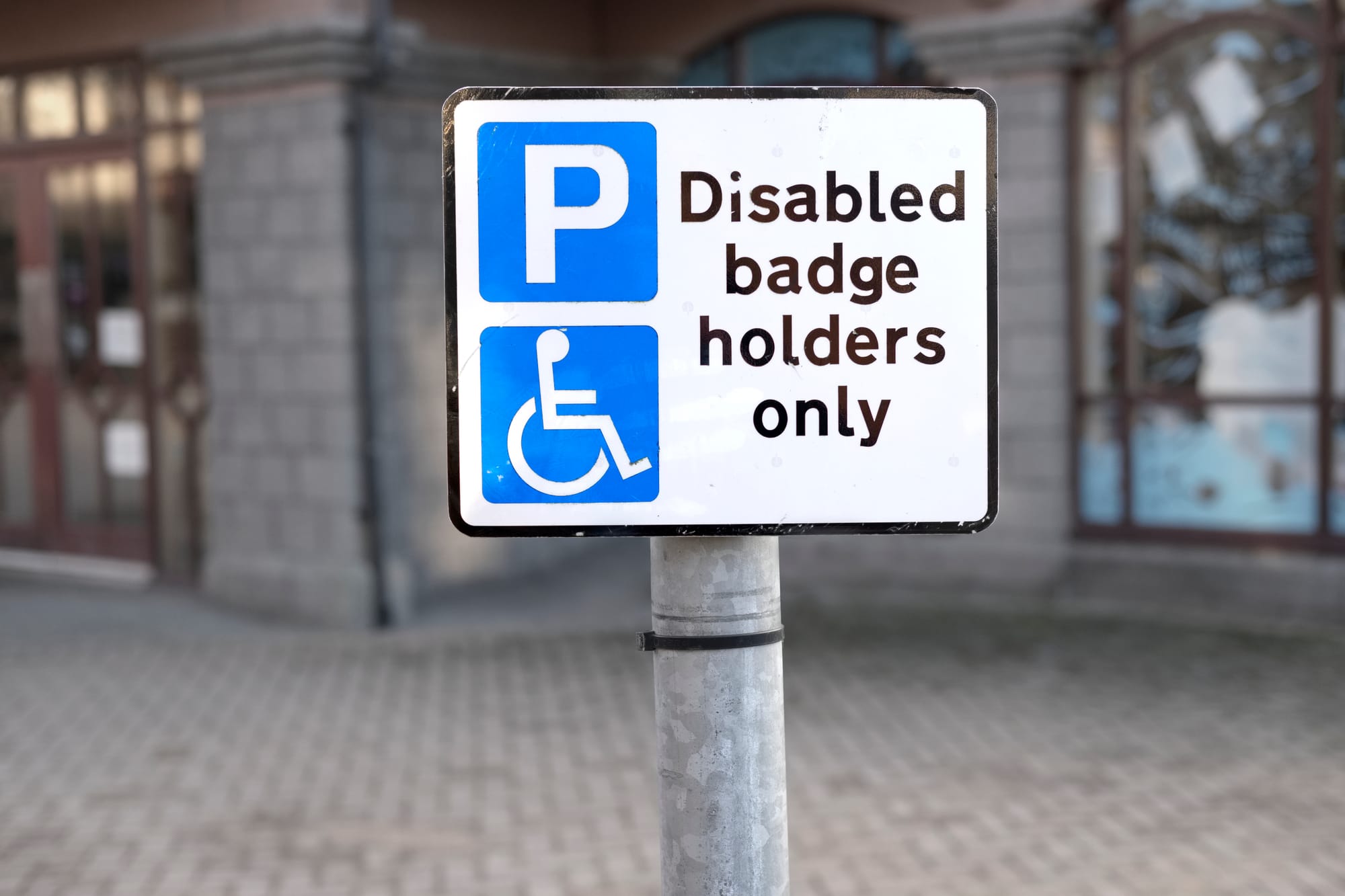What is the Blue Badge scheme and who can use it?

By Chris Watts, Will Writer (MSWW) — Fern Wills & LPAs
Last verified: 15 September 2025 (England & Wales)
Quick-read summary
The Blue Badge scheme helps people with serious mobility problems park closer to shops, services, and facilities. For many families, it’s a small change that makes a big difference. It’s not just for drivers — passengers can qualify too. But applications can be stressful, especially if you’ve been putting them off. That’s why getting the proper support can save time and worry.
Practical checklist — Who might qualify?
You may be eligible if you:
- Receive the higher rate of Disability Living Allowance (mobility component)
- Score highly enough on the mobility element of Personal Independence Payment (PIP)
- Are registered blind (severely sight impaired)
- Have a permanent and substantial disability that makes walking very difficult
- Have a hidden disability that affects mobility (for example, some mental health or neurological conditions)
What to consider
- It’s not automatic — your local council decides based on the evidence.
- Applications can be rejected if documents aren’t strong enough.
- Hidden disabilities can qualify, but only with a clear impact on mobility.
- Renewal is usually every three years.
- You don’t need to struggle alone — trusted advisers can help.
How this works in real life
I was recently speaking with Mr Davis, who mentioned how much his arthritis was affecting his daily life. When I asked if he had a Blue Badge, he admitted he didn’t — even though he’d been meaning to apply for over a year. I introduced him to a trusted adviser I work with regularly, who guided him through the application for a small, reasonable fee. Within weeks, he had his badge, and he told me the relief was enormous.

Another client, Mrs Cole, cares for her autistic son. Long walks in busy places would cause him severe distress, so I suggested she explore the Blue Badge scheme. Again, I introduced her to my trusted contact, who supported her application with the proper evidence. She was amazed at how much easier everyday life became once they had the badge.
FAQs
Is the Blue Badge just for drivers?
No. It’s linked to the person, not the car — so you can use it as a passenger.
How long does it last?
Normally, three years. You’ll need to reapply before it expires.
Can I use it abroad?
Yes, in many European countries. Always check before you travel.
What happens if I misuse it?
You could be fined up to £1,000 and lose the badge.
Where do I apply?
Through your local council. GOV. The UK provides the starting link, or call us for an introduction to an advisor.
Optional Technical Notes (for those who want the detail…)
The scheme is based on the Chronically Sick and Disabled Persons Act 1970, with rules updated over time. Local councils handle applications, following Department for Transport guidance.
Applications usually involve:
- Applying via GOV.UK or your council’s website
- Supplying proof (benefit letters, medical evidence, ID and address documents)
- Paying a small fee (up to £10 in England, free in Wales)
- Attending an assessment if the council requires one
Next steps
A Blue Badge can transform independence — but applications can be stressful if you’re unsure where to start.
At Fern Wills & LPAs, I don’t submit claims myself. Instead, I introduce clients to trusted advisers who specialise in Blue Badge and Attendance Allowance applications. They know the process inside out, and they charge only a small, reasonable fee.
If you or someone you care for might benefit, get in touch. I’ll connect you with the right person to help.


